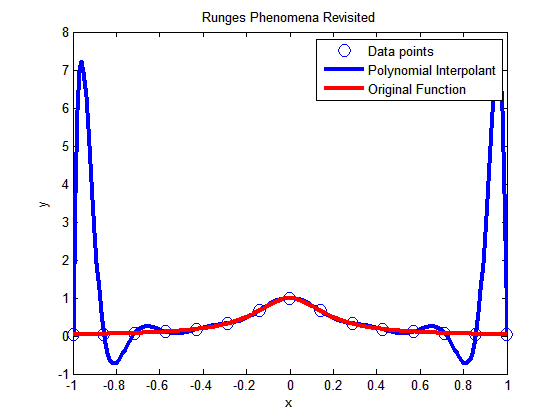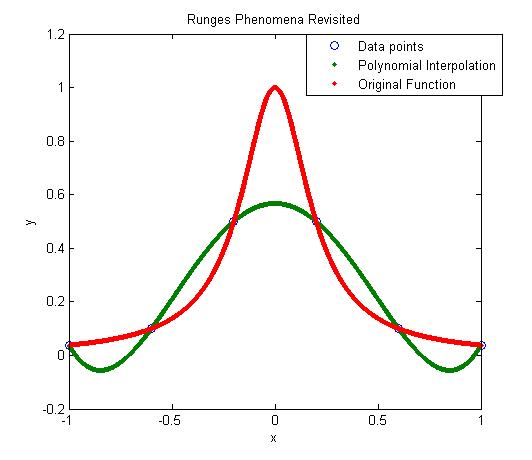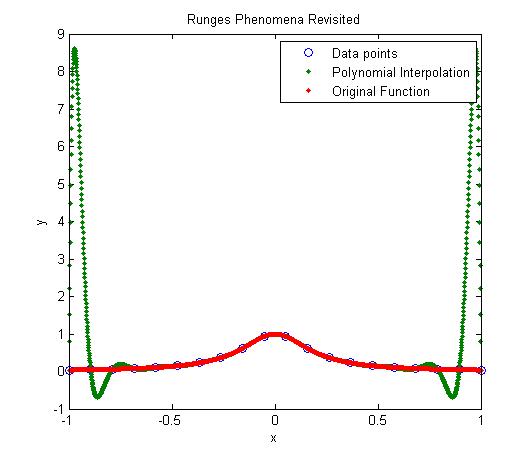There are two reasons that linear splines are seldom used
- Each spline uses information only from two consecutive data points
- The slope of the splines is discontinuous at the interior data points
The answer to resolving the above concerns are to use higher order splines such as quadratic splines. Read the quadratic spline textbook notes before you go any further. You do want what I have to say to make sense to you.
In quadratic splines, a quadratic polynomial is assumed to go thru consecutive data points. So you cannot just find the three constants of each quadratic polynomial spline by using the information that the spline goes thru two consecutive points (that sets up two equations and three unknowns). Hence, we incorporate that the splines have a continuous slope at the interior points.
So does all this incorporation make the splines to depend on the values of all given data points. It does not seem so.
For example, in quadratic splines you have to assume that the first or last spline is linear. For argument sake, let that be the first spline. If the first spline is linear, then we can find the constants of the linear spline just by the knowledge of the value of the first two data points. So now we know that we can set up three equations for the three unknown constants of the second spline as follows
- the slope of the first spline at the 2nd data point and the slope of the second spline at the 2nd point are the same,
- the second spline goes thru the 2nd data point
- the second spline goes thru the 3rd data point
That itself is enough information to find the three constants of the second spline. We can keep using the same argument for all the other splines.
So the mth spline constants are dependent on data from the data points 1, 2, .., m, m+1 but not beyond that.
Can you now make the call on the kind of dependence or independence you have in the constants of the quadratic splines?
This post is brought to you by Holistic Numerical Methods: Numerical Methods for the STEM undergraduate at http://nm.mathforcollege.com
Subscribe to the feed to stay updated and let the information follow you.




 Starting Summer 2007,
Starting Summer 2007,